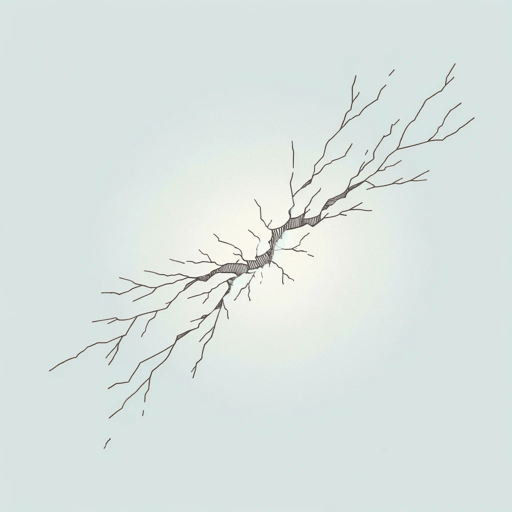27 pages • 54 minutes read
John MiltonSamson Agonistes
Fiction | Play | Adult | Published in 1671A modern alternative to SparkNotes and CliffsNotes, SuperSummary offers high-quality Study Guides with detailed chapter summaries and analysis of major themes, characters, and more.
Poem Analysis
Analysis: Samson Agonistes
The preface that often accompanies the poem identifies the poem’s genre as a “Dramatic Poem which is call’d Tragedy” (Milton, John. Of that sort of Dramatic Poem which is call’d Tragedy. 1671. The John Milton Reading Room). Samson Agonistes is written in as a poem “never was intended” for the stage (“Of that sort of Dramatic Poem”)—it lacks scene and act divisions, and stage directions. However, it’s also a dramatization of a biblical myth that ends with the protagonist’s death (the definition of a stage drama).
Milton’s use of dramatic conventions follows Aristotle, who in Poetics (ca 335 BCE) argues that what people see performed can experience catharsis, or a transformative emotional release. Paraphrasing Aristotle, Milton defines tragedy’s purpose as “raising pity and fear, or terror, to purge the mind of those and such like passions” (“Of that sort of Dramatic Poem”). Milton has an audience in mind for his poem: People who, by reading about Samson’s pain, can transcend their own struggles.
The poem also borrows from another genre: parable or allegory. The Philistines who oppress the temporarily weakened Samson can only push him for so long before their power structures crumble on top of them.
Related Titles
By John Milton








